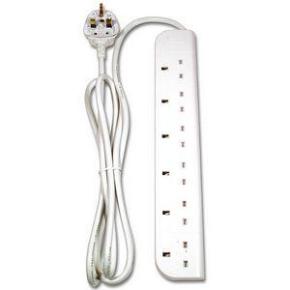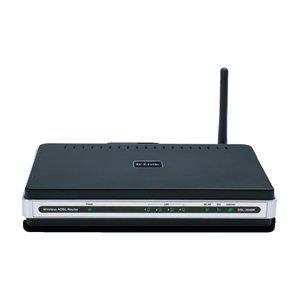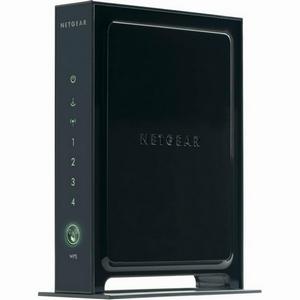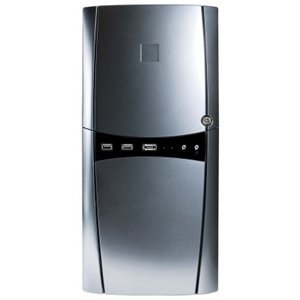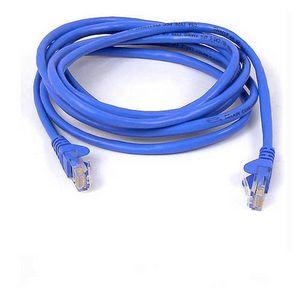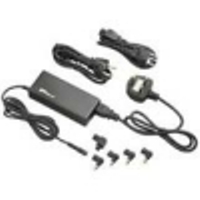When deciding to deploy a Wireless LAN (WLAN) solution within a building or facility, there are many factors to consider. The first most obvious consideration is the radio or RF coverage required within the facility, the size and design of the facility will determine the number of wireless access points required to provide that coverage. Another consideration will be selection of the appropriate wireless antennas to provide the desired coverage.
The wireless antenna is one of the most important components of any wireless access point or wireless client device, because it is the antenna that determines how the radio signals are propagated, what type of radiation pattern they produce and how much gain they produce. The radiation pattern may be isotropic, meaning that the antenna radiates the signal equally in all directions, and we often refer to these antennas as omni-directional. Depending on the siting of the antenna, we may need a radiation pattern than is not isotropic, but radiates in a pattern that maximises the radio signal in a certain direction.
Before we get into a description of different types of WiFi antenna, how much gain they produce and what type of radiation pattern they typically provide, I must stress that when deploying a wireless LAN for the first time, it is very important to have a wireless site survey conducted to determine the siting of the access points and also highlight any problem areas where specialist wireless antennas may be required.
A Wireless Antenna will normally be designed to work efficiently over a narrow band of frequencies, the wider the range of frequencies the antenna will operate over, the more “Broadband” the antenna is said to be. WiFi Antennas will operate either in the 2.4Ghz ISM band or the 5Ghz band, so the antenna must be designed to operate within those specific frequency ranges.
In most countries there will be a restriction on the amount of power a wireless antenna can transmit, and this is usually in the region of 1 Watt, with a 6dBi gain for omni-directional antennas and somewhere in the region of 23dBi for directional antennas. The reasons for the restrictions being mainly to reduce interference with other users within a particular frequency band.
Antenna gain is the measure of how much effective signal power is increased by an antenna for a given input power, and is measured in decibels (dB). Decibels are calculated on a logarithmic scale, and an example would be a 3dB increase represents a doubling of power ie. 25 milliwatt input would produce a 50 milliwatt output. EIRP or Effective Isotropic Radiated Power is determined by the Transmit Power and Antenna Gain ie 15 dBm transmit power with 6 dB gain would produce an EIRP of 21 dBm
Lets take a look at some of the antenna types available and how they typically perform:
Omni-Directional Antennas
This type of Antenna, as previously stated normally produces an isotropic radiation pattern that is often referred to as a “Doughnut” shape. It is worth bearing in mind that true isotropic antennas tend to be purely theoretical and other types of omni-directional antennas are compared to that of an isotropic design.
Vertical Omni
A vertical omi-directional antenna is usually based on a dipole design where the radiation pattern of a dipole antenna is 360 degrees in the horizontal plane, with the vertical plane varying depending on whether the dipole is vertical or not. A vertically orientated dipole antenna normally has a 75 degree radiation pattern. Dipole antennas are normally said to have a gain, on average of a little over 2Db.
Ceiling domes
These antennas are designed to be mounted on the ceiling, above false ceilings or even on walls. Because of their less obstructed view, they tend to have a higher gain of around 3Db.
Rubber Ducks
Rubber duck wireless antennas were first used with early walkie talkies as a cut down whip aerial designed at one quarter wavelength. Because of this they are termed electrically short antennas, usually having a wire type element covered with a rubber sheathing, making them flexible and robust. They are vertically mounted and have a 360 degree radiation pattern similar to that of a half-wave dipole. These are the antennas that you see on most mass produced wireless routers for the home market.
Directional Antennas
Reflecting and radiating elements are added to the standard di-pole design to concentrate the signal energy in a specific direction. Directional antennas can give a gain over the standard isotropic antenna of between around 3dB as much as 20Db.
Yagi
Yagi antennas are referred to as high gain antennas and have multiple reflector and radiating elements to give a typical gain of between 12 and 20dB. They are often used as outdoor antennas and will have a typical horizontal beamwidth of around 30 degrees and 15-25 degrees vertical beamwidth.
Dish
The most common type of dish Wireless Antenna is the parabolic dish, which uses a curved parabola shaped dish to direct the wireless radio waves to a narrow beamwidth. These type of antennas are extremely highly directive and can also have extremely high gain, as much as 40 or 50dB. One of the design factors is that the dish will be larger than the wavelength of the design radio frequency. Most often used for point to point wireless communications links. Outdoor wireless bridges will often use a Parabolic Dish Antenna.
Patch Antenna
You will often find Patch Antennas deployed in office type environments, normally attached high up on a wall, or sometimes ceiling mounted. Typical horizontal beamwidth is around 70-80 degrees, but this can extend to around 100 degrees. Construction is normally a pair of metal plates that are actually the antenna elements, which together make up the transmission line. They are normally of half-wavelength design, with typical gain being around 2dB, similar to a traditional dipole antenna.
Of course, there are many other variations of wireless antenna which have not had a mention here, but this article was designed to give the layman a simple explanation of basic Wireless Antenna types.
Following a successful Wireless Site Survey, the majority of access points in anything but the smallest office environment will normally employ dome antennas or vertical dipoles. Problem areas may be better served by Patch or Sector wireless antennas to maximise the coverage area.
This article on Wireless Antennas was written by David Christie, MD at NSTUK Ltd, Website http://www.ipexpress.co.uk .
